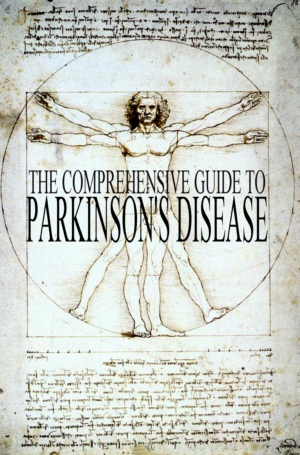.gif) VIARTIS
|
||||||||
|
PARKINSON'S DISEASE NEWS |
||||||||
|
|
Parkinson's Disease News covers all significant new research, reports, books, and resources concerning Parkinson's Disease. Articles are chosen on the basis of their medical significance or potential interest. Our overwhelming priority is the facts, regardless of whether they contradict prevailing views or vested interests. Analysis and further information are provided either to explain the background or implications, or to balance misleading claims. If you notice errors or inadequacies, or dispute what is written, or want to propose articles, please e-mail [email protected].
27th March 2017 - New research HIGHER RISK OF MALNUTRITION IN PARKINSON'S DISEASE
People with Parkinson's Disease are known to be at a higher risk of malnutrition. The prevalence of malnutrition in Parkinson's Disease has been estimated to be up to 24%. Between 3% and 60% of people with Parkinson's Disease are reported to be at risk of malnutrition. To date, there is no clear explanation for malnutrition in these patients.
Dopamine, whose deficiency causes Parkinson's Disease, is made from dietary substances, including vitamins, minerals and L-tyrosine, which is usually obtained from high protein foods. The deficiency of any of these nutrients could consequently lessen the amount of dopamine produced. The malnutrition that is common in Parkinson's Disease could therefore not only contribute to its onset but could worsen the symptoms over time even further. Reference : Journal of Neurological Science [2017] 375 : 235-238 (S.Tomic, V.Pekic, Z. Popijac, T.Pucic, M.Petek, T.G.Kuric, S.Misevic, R.P.Kramaric) Complete abstract For more news go to Parkinson's Disease News
|
|
||||||
.gif) |
||||||||
| ©2006-2017 Viartis | ||||||||
| 2017-03-27 00:53:58 | ||||||||
| [email protected] | ||||||||












